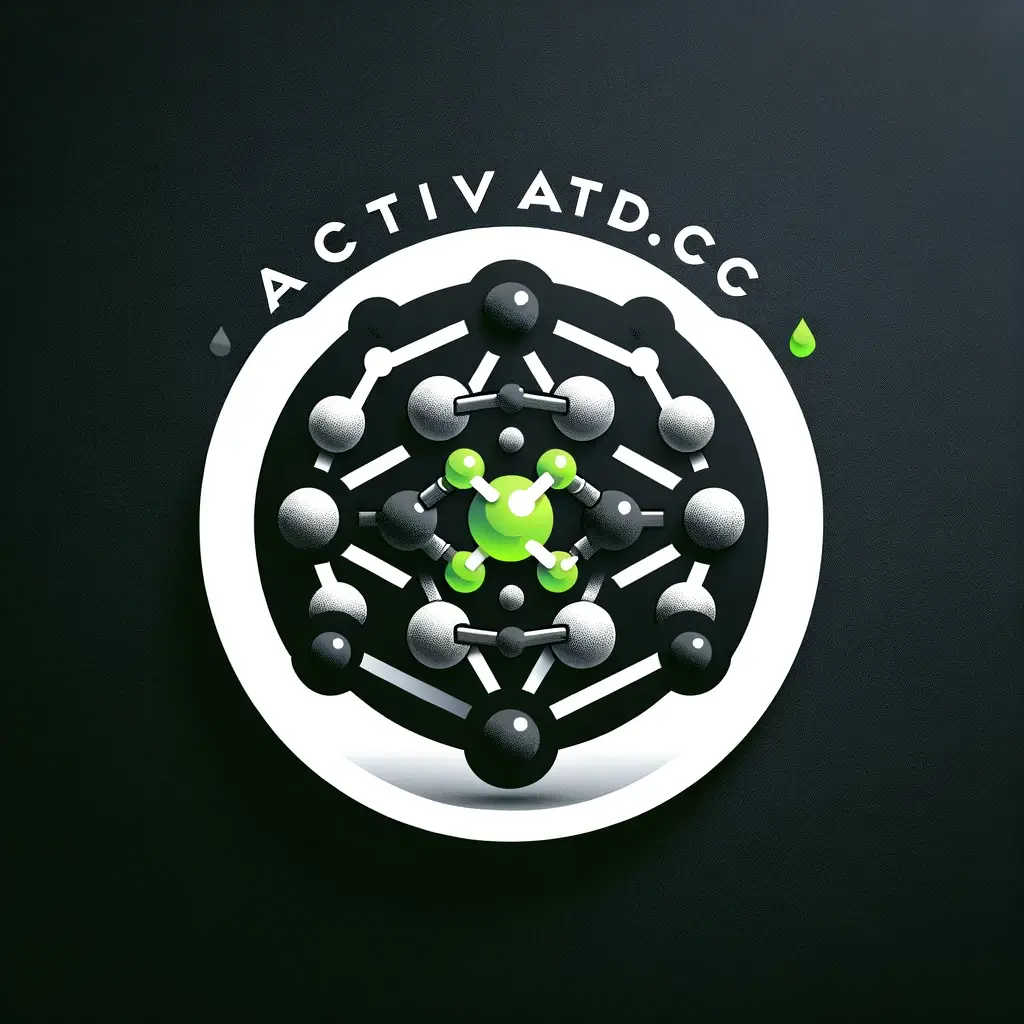In the world of natural remedies and sustainable living, bamboo charcoal has been making waves for its versatility and eco-friendliness. From purifying the air to enhancing skin health, bamboo charcoal is a true powerhouse. In this article, we’ll explore the many benefits of bamboo charcoal and how to activate it effectively. Activated Charcoal has a great history behind its popularity.
What is Bamboo Charcoal?
Bamboo charcoal, often referred to as activated bamboo charcoal, is a form of carbon that has been processed to have small, low-volume pores. This unique structure gives it exceptional absorption and adsorption properties, making it a valuable resource for various applications.

Benefits of Bamboo Charcoal
-
Air Purification
- Bamboo charcoal is a natural air purifier, known for its ability to absorb and neutralize odors, moisture, and harmful pollutants. Activated bamboo charcoal can be placed in various areas of your home, such as closets, refrigerators, and bathrooms, to keep the air fresh and clean.
-
Water Filtration
- When activated, bamboo charcoal can effectively remove impurities and toxins from water. It acts as a natural water filter, making it an excellent choice for improving the quality of drinking water.
-
Skincare
- Bamboo charcoal is a popular ingredient in skincare products due to its ability to draw out impurities, excess oil, and toxins from the skin. It can help unclog pores, prevent acne breakouts, and leave your skin feeling fresh and rejuvenated.
-
Oral Health
- Some toothpaste and mouthwash formulations include bamboo charcoal for its teeth-whitening and odor-fighting properties. It can help remove stains from teeth and combat bad breath.
-
Gardening and Agriculture
- Bamboo charcoal can be used in gardening to improve soil quality and water retention. It also enhances the growth of beneficial microorganisms in the soil.
Activating Bamboo Charcoal
Activating bamboo charcoal is a crucial step to unleash its full potential. Here’s a simple method to activate it at home:
Materials needed:
- Bamboo charcoal
- A heat source (e.g., an oven or a gas burner)
- A metal container with a lid
- Tongs
- A well-ventilated area
Steps:
- Prep the Bamboo Charcoal: Start with raw bamboo charcoal. You can find this in stores or even make it yourself by heating bamboo in a controlled environment.
- Heat the Charcoal: Place the bamboo charcoal in a metal container with a lid. Heat it over a low flame or in an oven at 800-1000 degrees Celsius. The absence of oxygen during this process is crucial.
- Monitor the Process: Keep a close eye on the charcoal. It will release smoke and gases during activation. This process can take several hours, depending on the size and thickness of the charcoal pieces.
- Cool and Store: Once the smoke and gases stop emitting, turn off the heat source and let the charcoal cool down naturally. Once it’s cool, store it in a dry, airtight container until you’re ready to use it.
Bamboo charcoal’s myriad benefits and eco-friendly nature make it a must-have for every household. Whether you’re looking to improve indoor air quality, enhance your skincare routine, or explore its uses in gardening, activating bamboo charcoal is the first step to unlocking its full potential. So, give it a try, and you’ll be amazed at the natural wonders of this incredible material.
Activated Bamboo Charcoal vs. Other Activated Charcoals
- Source Material:
- Bamboo Charcoal: As the name suggests, bamboo charcoal is derived from bamboo plants. Bamboo is a highly sustainable and renewable resource, making bamboo charcoal an eco-friendly choice.
- Coconut Charcoal: Coconut charcoal is sourced from coconut shells, another renewable resource. It is also considered environmentally friendly.
- Wood Charcoal: Wood charcoal is produced from various types of wood. While it is widely available, the sustainability of wood sourcing can vary.
- Pore Structure:
- Bamboo Charcoal: Bamboo charcoal has a unique pore structure that includes both micro-pores and macro-pores. This intricate network of pores enhances its adsorption capacity, making it highly effective at trapping impurities.
- Coconut Charcoal: Coconut charcoal also boasts an excellent pore structure, with a focus on micro-pores. These micro-pores provide effective adsorption capabilities.
- Wood Charcoal: Wood charcoal typically has a predominantly macro-porous structure, which can be less efficient at trapping small particles and impurities.
- Surface Area:
- Bamboo Charcoal: Bamboo charcoal often has a larger surface area compared to coconut and wood charcoal, thanks to its combination of micro and macro-pores. This greater surface area enhances its adsorption capacity.
- Coconut Charcoal: Coconut charcoal offers a substantial surface area, particularly due to its micro-porous structure.
- Wood Charcoal: Wood charcoal generally has a smaller surface area compared to bamboo and coconut charcoal.
- Applications:
- Bamboo Charcoal: Due to its exceptional adsorption capabilities and sustainability, bamboo charcoal is widely used for air purification, water filtration, skincare, and even culinary purposes.
- Coconut Charcoal: Coconut charcoal is popular for its use in dietary supplements, detoxification, and skincare products.
- Wood Charcoal: Wood charcoal is commonly used for grilling and as an industrial absorbent, but its applications in skincare and air purification are limited compared to bamboo and coconut charcoal.













